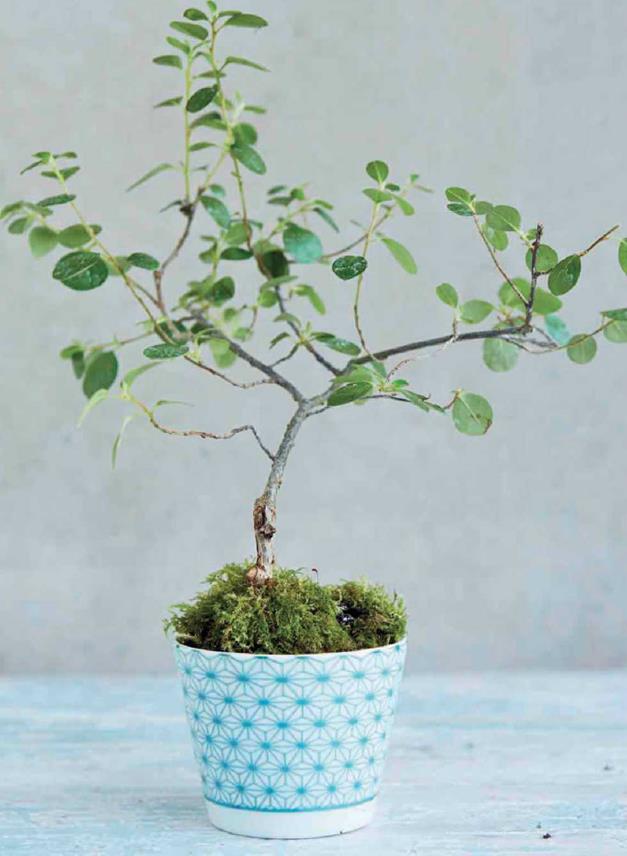By selecting the right plants and creating habitats, even the smallest garden patch can become a special place for wildlife, attracting insects like bees, butterflies, and ladybugs that will also help you out by pollinating and keeping pests in check. And happily, insects seem to share our love of brightly colored flowers!
![]()
Practical Checklist
Before you start to plant up your gardening space, get started with the right tools and equipment (see pages 244-5), and take time to learn about different plants and their needs
(see pages 224-43). Consider how much time you can allocate to looking after your plants; jobs like watering, feeding, and pruning. Here are some essential pointers to help you get started.
 |
![]()
CONTAINERS
■ Choose a container that is big enough for plant growth and repot plants when roots get bigger.
■ Make sure there are drainage holes in the container and add some if there aren’t.
■ Add extra drainage like gravel or crocks to the bottom of containers.
■ Consider frost-proof containers for exposed sites.
WATERING AND FEEDING
■ Containers can dry out quickly in warm, sunny, and exposed sites and, unless you choose drought-tolerant plants, will need watering frequently, sometimes twice a day.
■ Try to ensure easy access to water, or work out
a strategy that will lessen the burden of watering.
■ Put saucers under containers to protect surfaces and retain moisture.
■ Most plants generally need regular watering and feeding in their growing season, but won’t need any when they are dormant, usually in winter.
RIGHT PLANT, RIGHT PLACE
■ Assess the growing conditions in your garden space before planting. Does it get a lot of sun? Does it get wet when it rains or is it sheltered? Is it in a windy location?
■ Once you know the growing conditions of your site, choose plants that will survive and thrive in these conditions; a plant that loves the sun, for example, may not grow well in the shade.
■ Planting high up in an exposed location where it is dry and windy, such as on a balcony, will need plants that are suited to these conditions.
KEEP THINGS SMALL
■ Watch for plants that are grown especially for smaller spaces, such as dwarf types of larger plants like fruit trees.
■ With regular pruning, however, many larger plants can be kept in check and maintain a compact size better suited to a small site.
|
|
|
|
|
|
|
|
|
|
|
|
|





